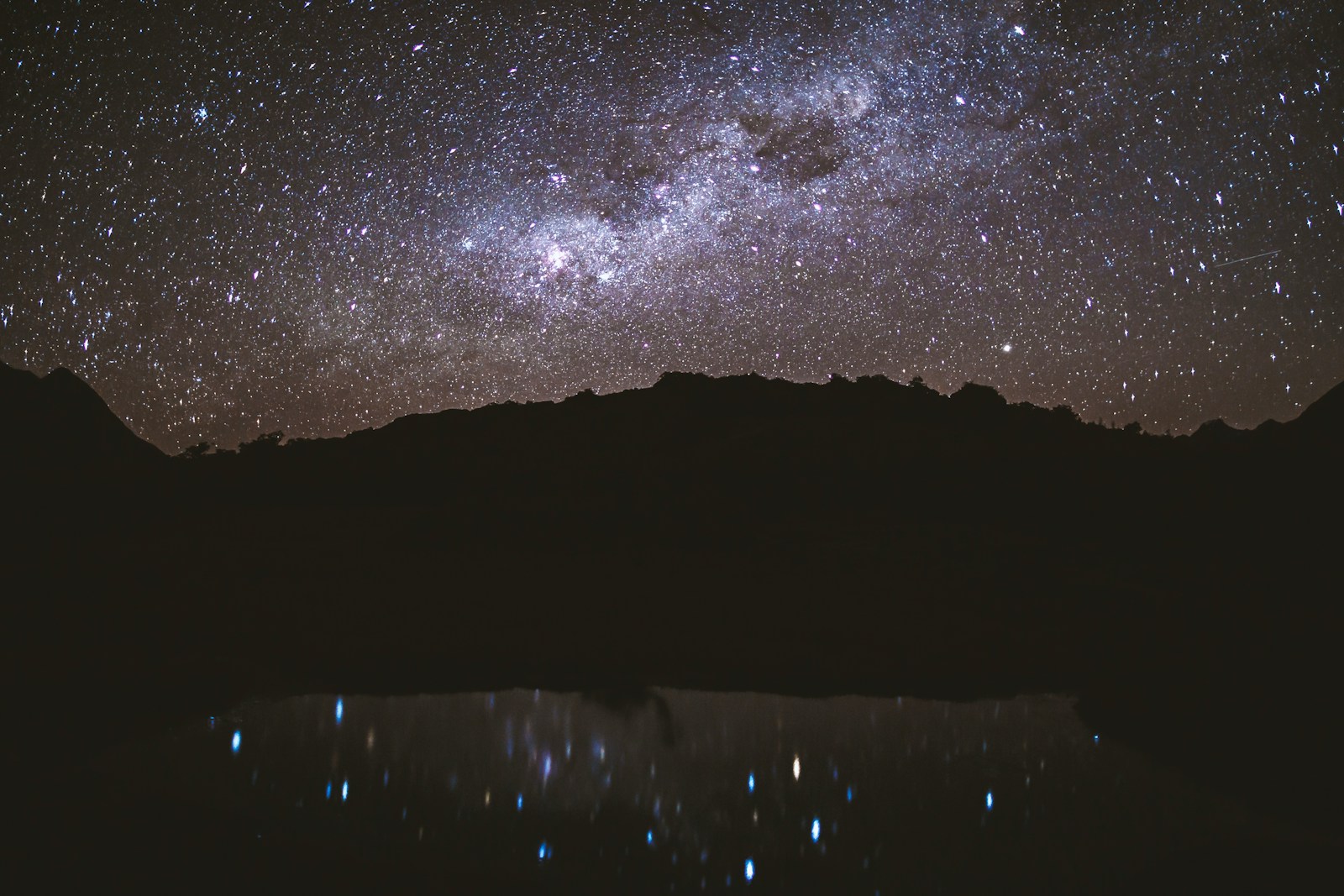Stars have captivated human imagination for millennia, serving as beacons of wonder in the night sky. These celestial objects are not just twinkling lights; they are the building blocks of our universe. In this article, we’ll explore some interesting facts about stars that will leave you in awe of the cosmic marvels above us.
The Basics: What Are Stars?
Before diving into the fascinating world of stellar facts, let’s establish a foundation. Stars are enormous balls of gas, primarily hydrogen and helium, held together by their own gravity. They generate energy through nuclear fusion in their cores, emitting light and heat that can travel vast distances across the universe.
The Life Cycle of Stars
Stars have a life cycle, much like living organisms. Here’s a simplified overview:
- Birth: Stars form from massive clouds of gas and dust called nebulae.
- Main Sequence: This is the longest stage of a star’s life, where it steadily burns hydrogen.
- Red Giant: As the star ages, it expands and cools, becoming a red giant.
- Death: Depending on their mass, stars end their lives in different ways:
- Small stars become white dwarfs
- Medium stars explode as supernovae and form neutron stars
- Massive stars collapse into black holes
10 Intriguing Facts About Stars
Now, let’s explore some mind-blowing stellar facts that showcase the incredible nature of these cosmic entities.
1. Stars Come in Different Colors
The color of a star tells us about its temperature. Here’s a quick guide:
| Color | Temperature (Kelvin) |
|---|---|
| Red | 3,000 – 4,500 |
| Orange | 4,500 – 6,000 |
| Yellow | 6,000 – 7,500 |
| White | 7,500 – 10,000 |
| Blue | Above 10,000 |
Our Sun, a yellow dwarf star, has a surface temperature of about 5,800 Kelvin.
2. The Largest Known Star is Mind-Bogglingly Huge
UY Scuti, a hypergiant star, is currently the largest known star in the universe. If placed at the center of our solar system, its surface would extend beyond Jupiter’s orbit!
3. Neutron Stars: Incredibly Dense Stellar Remnants
Neutron stars are the collapsed cores of massive stars. They’re so dense that a teaspoon of neutron star material would weigh billions of tons on Earth!
4. The Photosphere: A Star’s Visible Surface
The photosphere is the visible surface of a star, from which light is radiated. Interestingly, the photosphere of our Sun is only about 100 kilometers thick, which is incredibly thin compared to the Sun’s overall diameter of 1.39 million kilometers.
5. Stars Can Form in Pairs or Groups
Many stars form in binary systems or even larger groups. In fact, more than half of all stars in our galaxy are thought to be part of multiple-star systems.
6. The Brightest Star in Our Night Sky
Sirius, also known as the Dog Star, is the brightest star visible from Earth (excluding our Sun). It’s actually a binary star system, with Sirius A being twice as massive as our Sun.
7. Stars Don’t Twinkle in Space
The twinkling of stars we see from Earth is caused by our atmosphere. In space, stars appear as steady points of light.
8. The Oldest Known Star is Nearly as Old as the Universe
HD 140283, nicknamed the Methuselah star, is estimated to be about 14.5 billion years old. This makes it nearly as old as the universe itself!
9. Our Sun is Middle-Aged
Our Sun is about 4.6 billion years old and is expected to remain stable for another 5 billion years. It’s currently in the middle of its main sequence phase.
10. Stars are Factories of Heavy Elements
Through the process of nuclear fusion, stars create heavier elements from lighter ones. This process, called stellar nucleosynthesis, is responsible for creating most of the elements in the universe.
The Importance of Stars in Our Universe
Stars play a crucial role in the cosmos beyond just providing light and heat. Here are some key points:
- Element Creation: As mentioned earlier, stars are the primary source of heavy elements in the universe.
- Planet Formation: The leftover material from star formation can coalesce to form planets.
- Galactic Structure: The gravitational influence of stars helps shape the structure of galaxies.
- Scientific Research: Studying stars helps us understand fundamental physics and the history of our universe.
Conclusion: A Universe Full of Wonder
The fascinating facts about stars we’ve explored only scratch the surface of stellar astrophysics. From the mind-bending density of neutron stars to the age-defying Methuselah star, the universe continues to amaze us with its stellar wonders.
As we gaze up at the night sky, we’re not just seeing twinkling lights, but witnessing the engines of creation that have shaped our universe. The study of stars opens up a world of discovery, pushing the boundaries of our knowledge and inspiring us to keep exploring the cosmos.
Whether you’re an aspiring astronomer or simply curious about the night sky, remember that every star has a story to tell. The next time you look up, take a moment to appreciate the incredible stellar phenomena occurring light-years away, shaping the universe as we know it.

